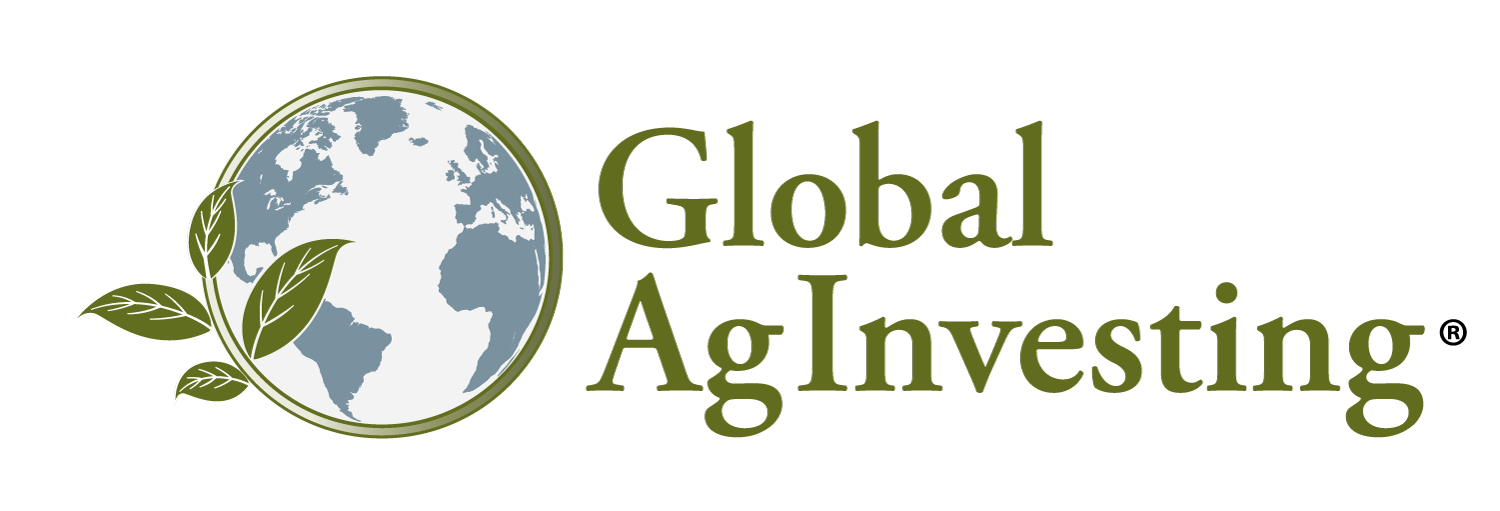September 28, 2020
By Lynda Kiernan, Global AgInvesting Media
Since 1980, global consumption of salmon has more than tripled as demand for protein also climbed. And as wild stocks grow more depleted, salmon farming is stepping in to bridge the gap between market demand and production, with expectations that the market volume will grow at a CAGR of 3.9 percent between 2019-2024 to reach 4.7 million tons.
This market outlook has made salmon farming a focus for investors and large-scale farming projects. And as demand continues to soar, commercial-scale, land-based salmon farming developments are being announced around the world.
Local Ocean, a newly registered land-based firm in Boulogne-sur-Mer in northern France, has announced a plan to build a recirculating aquaculture system (RAS) for the farming and production of farmed salmon that would be the second RAS salmon operation in the country – which is the third largest importer of Norwegian salmon in Europe following Poland and Denmark.
Undercurrent News reported that expressions of interest for the development show that Local Salmon intends to invest more than €100 million (US$116.6 million) in the project, which includes €36 million (US$42 million) to acquire the 45,000 square-meter site at the Calais Port.
The farm will integrate the use of seawater to raise juvenile freshwater salmon smolt until they reach a weight of five kilograms. Once raised, the salmon will then be processed on-site before being distributed.
South Korea
Global seafood giant Dongwon Industries, the parent company of Starkist, is also launching a major land-based salmon farming project in South Korea, investing $168.5 million on a 116,000 square-meter site in Gangwon Province.
The company plans to leverage technology it acquired through a deal struck earlier this year with Norway’s Salmon Evolution that uses “flowthrough technology” to reuse clean and fresh water from the sea.
Like France, South Korea is a quickly growing salmon market, rapidly becoming the second largest market in Asia, according to the Norwegian Seafood Council, that stated that over the past 12 years, Norwegian seafood exports have grown tenfold from a value of $27.4 million to $262 million, while volumes have exploded by more than 550 percent.
Construction at the site is expected to commence this year, with expectations for the operation to be online in 2021. At full capacity, Dongwon is targeting annual production of 20,000 tons of salmon, with sales reaching $168.5 million.
The company also plans to have on-site processing abilities and an R&D center to establish a vertically integrated operation that has a hand in the entire process, from the production of the salmon with quality control, to processing and distribution.
A salmon-colored year
These two projects are only the latest to be announced in a year that has been big for salmon farming. March of this year, to be exact.
In March 2020, 8F Asset Management, the Singapore-based parent company of Pure Salmon, raised US$358 million to fund a global expansion that would see Pure Salmon RAS facilities established in Poland, Japan, France, and the U.S.
This capital is in addition to previous investments announced in support of Pure Salmon’s strategic expansion plans. In November 2018 8F Asset Management announced its plans to invest US$162 million to build an industrial-scale salmon farm in Japan that was the first in a string of projects.
Once completed, the fully integrated land-based salmon farming facility will be the largest to use a recirculating aquaculture system (RAS) in Asia. The site will total approximately 137,000 square meters, and will include hatcheries, grow-out operations, and processing capabilities, and is expected to have an annual production capacity of 10,000 tons.
In February 2019 the company also announced that it had chosen Tazewell County, Virginia, as the location for its American site, which will be home to another 20,000 tons per-year RAS farming facility, and had chosen Bologne-Sur-Mer, France for its EU location.
In the Middle East, Pure Salmon has opened a new Abu Dhabi headquarters in the UAE, which will include management, aquaculture technology development, sales and marketing teams, construction planning and execution activity, and finance and accounting.
Construction of the U.S., EU, and Japanese sites is expected to begin this year, with commercial-scale salmon production beginning by 2023.
Also in March of this year, Salmon Evolution (mentioned above) raised $22 million from both existing and new investors to support the development of its major land-based salmon farm in Fraena, Norway. The company estimates that funding needed for the first phase of construction, which will have a production capacity of 9,000 tons of salmon, will be NOK 1.3 billion (US$116 million).
It was in July 2018 that Salmon Evolution received approval and the appropriate licensing for the US$367.2 million project, with the goal of producing up to 36,000 tons of salmon per year.
Construction of the site, which will use the company’s “flowthrough technology” is expected to begin in the second quarter of this year, with introduction of the first smolts in the fourth quarter of 2021, and the first harvest expected in the fourth quarter of 2022.
And that same month, Lighthouse Finance and the Municipality of Sotenäs announced a partnership for the development of a 75-hectare salmon farm in Sweden that will cost as much as US$1.9 billion and be the largest of its kind in Europe.
Construction of the project is expected to begin in 2021, and will include two 40,000 metric-ton farming facilities, along with waste treatment plants, processing facilities, and feed production capacity, according to Seafood Source.
– Lynda Kiernan is editor with GAI Media, and is managing editor and daily contributor for Global AgInvesting’s AgInvesting Weekly News and Agtech Intel News, and HighQuest Group’s Oilseed & Grain News. She is also a contributor to the GAI Gazette. She can be reached at lkiernan@globalaginvesting.com

Let GAI News inform your engagement in the agriculture sector.
GAI News provides crucial and timely news and insight to help you stay ahead of critical agricultural trends through free delivery of two weekly newsletters, Ag Investing Weekly and AgTech Intel.




